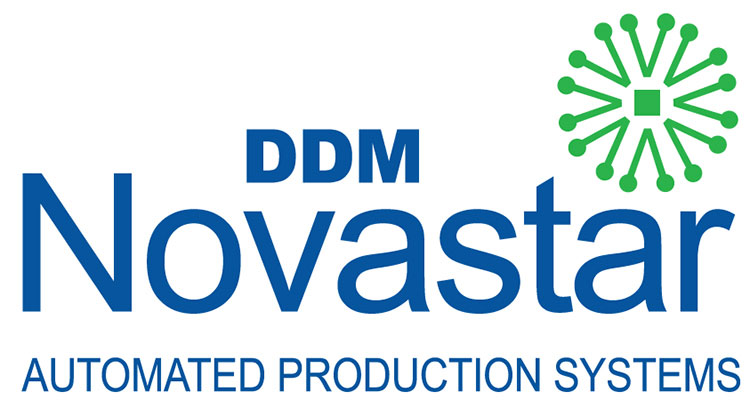Selective Soldering Troubleshooting Guide
Download Troubleshooting Guide in pdf format
View Selective Solder Systems Product Page
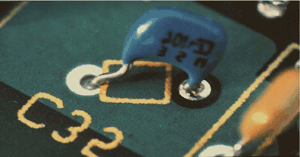
PROBLEM: INSUFFICIENT HOLE FILL
Possible Causes:
- Not enough flux
- Distance from Fluxer to PCB is too high, flux can not
go up the hole - Pin to hole ratio is too small
- Solder temperature is too low
- distance from solder wave to PCB is too high
PROBLEM: INSUFFICIENT SOLDER
Possible Causes: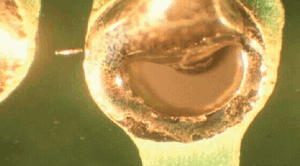
- Not enough flux
- Solderability of component
- Bad PCB pads
- Solder time too short, reduce speed or increase dipping
- Distance from solder wave to PCB is too high
- Bad flux solids
PROBLEM: BLOW HOLES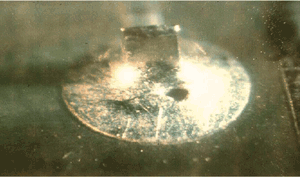
Possible Causes:
- Board temperature is too low
- Moisture in the PCB
PROBLEM: EXCESSIVE SOLDER
Possible Causes: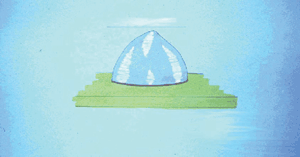
- Typically happens at the end of line soldering of connectors
- Layout too tight to make a good peel off movement
- Try to move over the connector or diagonally out of the connector
- Let the wave switch off at the end of the connector
- Board/Component solderability
- Lead length is too long
- Solder temperature is too low
- Speed is too fast, solder time is too short
PROBLEM: BRIDGING
Possible Causes: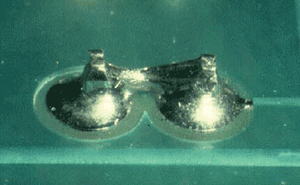
- Typically happens at the end of line soldering of connectors
- If bridging occurs in the middle or at the beginning of a connector, it is
typically a heat or N2 purity problem - Layout is too tight to SMD component to make a good peel off movement
- Let the wave switch off at the end of the connector
- Board/Component solderability
- Lead length is too long (1 to 1.5mm is perfect)
- Solder temperature is too low
- Speed is too fast, solder time is too short
PROBLEM: SOLDER BALLS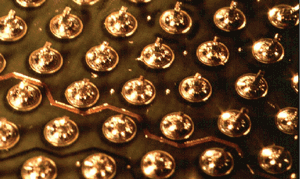
Possible Causes:
- Occur more often in selective soldering than in wave soldering. Reason is typically due to the higher temperatures used in selective soldering
- Solder mask type is the most important factor
- Too much flux
- N2 adjustment is too high
- Preheat is too low
PROBLEM: POOR HOLE FILLING
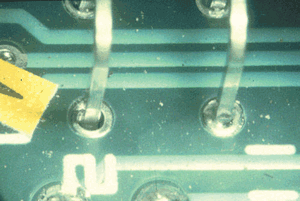
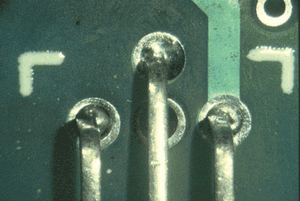
Possible Causes:
- Poor or incomplete hole fill is normally a fluxing or heating issue. It is not commonly a printed board problem.
- As a guide, the topside temperature of the printed board should be 100°-110°C just before wave contact. This is generally true for double sided and multilayer boards. Single sided boards should be processed at slightly lower temperatures as no solder penetration is needed.
- In the examples above, the solder has not fully filled the plated through hole. This is either due to the preheat operation being set too low or poor flux application. In both cases, checking the process parameters should eliminate the problem.
PROBLEM: SOLDER SHORTS ON PIN GRID ARRAY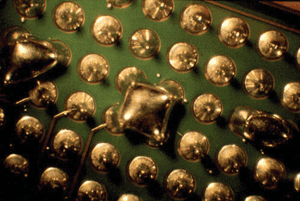
Possible Causes:
- Solder shorts are a major problem in both selective and wave soldering, particularly as component pitches continue to
decrease. - In the example shown, shorts are seen on the Pin Grid Array device. Due to the close proximity and the number of pins, the solder separation is impeded from the base of the board. Shorting can occur due to poor fluxing, incorrect heat or wave separation. Poor N2 quality can also cause shorts.
- All shorting can be decreased through good design rules with reduction
in pad size and component lead length. A lead length from 1 - 1.5mm
is perfect for selective soldering. Longer pins can cause more shorts.
PROBLEM: SOLDER SHORTS NEAR SMD COMPONENTS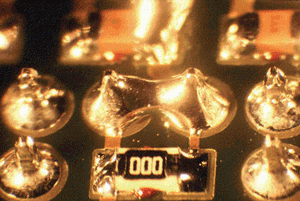
Possible Causes:
- It is critical to selective solder a heavily populated board. Most can only be fluxed by good design. Increasing the flux solids will improve the drainage on all joints.
- In the example shown, the pin length is correct at 1 - 1.5mm, but the surface pads could be reduced in size. With smaller pads, less solder is retained on the board to short between pins.
PROBLEM: SUNKEN SOLDER JOINTS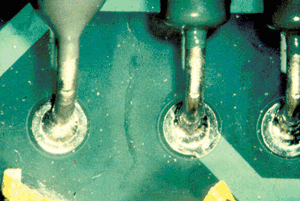
Possible Causes:
- Sunken joints may be seen on the topside and base of the board.
- The most common cause for sunken joints is the hole to lead ratio. If the
hole is large in comparison to the lead diameter, the solder literally drops
in or out of the hole. - Sunken solder joints can be caused by incorrect preheat or poor fluxing when seen on the topside of the board.
- Sunken solder joints on the base of the board may be caused by outgassing.
If the soldering process is functioning correctly, when the hole out gasses the
solder tends to shrink back into the hole to fill the void.
View Selective Solder Systems Product Page
